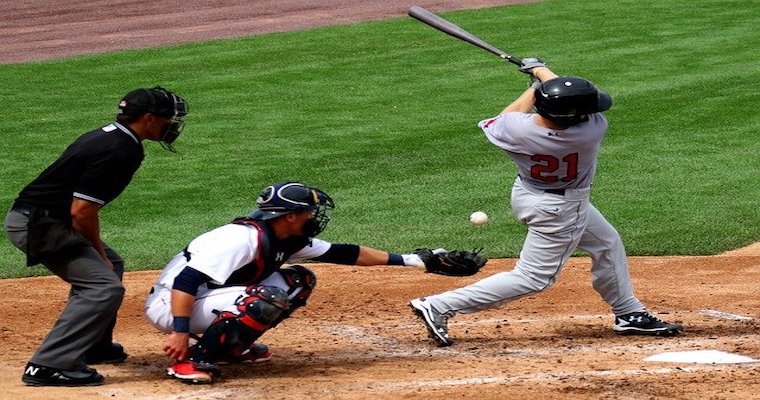
It’s common for athletes to choke due to the high amounts of pressure that they receive - or that they put on themselves. Even professional athletes, who have high class training and have played for several years, will choke at least some point in their career. For example, John Terry in the 2008 UEFA Champions League final against Manchester United. Terry had the opportunity to bag the win for Chelsea when the game was tied at 1 all. As he went to take the penalty kick, he slipped and hit the ball against the post, giving Manchester United the opportunity to take the win.
When researching factors that could affect an athlete’s performance, the most common results are skills training, strength, flexibility, endurance and so on. Many individuals understate the importance of psychology in athletic performance and focus on training physically rather than mentally. Choking under pressure is a very common disorder amongst athletes. It’s shown as the decrease in performance due to the importance of the competition and the added pressure of the task at hand. One manifestation of this is a disorder called “Yips” is often seen in many golfers particularly in relation to putting. “Paralysis by analysis” is seen in athletes when the motivation of the athlete and the expectations of the audience increase, resulting in them focussing on their performance too much and decreasing the standard at which they perform (Takehiro Iwatsuki, 2016).
Eight factors have been found to contribute towards choking under pressure:
Murayama and Sekiya (2015).
Choking is an important issue that effects many athletes. No one is immune from it however, the likelihood of it happening can be reduced if the athlete tries to train their mind as much as their body. For example, improving their self-conciseness and confidence in their abilities, will drastically change the way they perform in their sport. It takes a lot of time and effort to try and perform well in pressured conditions, but the outcome is worth it.
This guest blog has been prepared by Charlie Goode who is a second year sport and exercise science student at Leeds Beckett University.
References
Takehiro Iwatsuki, Judy Van Roalle, Britton Brewer, Albert Petipas and Masanori Takashi. ITF coachinig psychological factors related to choking under pressure (2016)(24)2 pp 11-12.
Murayama, T. and Sekiya, H., 2015. Factors Related to Choking under Pressure in Sports and the Relationships among Them*. International Journal of Sport and Health Science, 13(0), pp.1-16.
Image by Anne & Saturnino Miranda from Pixabay
